
The flags of the world are symbols that represent each country or territory on Earth, from the iconic flag of USA or China to the less known flags of Guam or Kyrgyzstan. People love to buy their country’s flag and here are some of the most sought after: The United States, United Kingdom, China, France, Brazil, Australia, Canada, Germany, India, Mexico, South Africa, and Russia.
A nation’s flag represents many things. A flag represents a country’s people, its values, its history, and its ambitions. It signals these things to other countries.
Many of the world’s flags have fascinating and unique histories behind them, and this article will delve into some of the most interesting flags of the world.
Albania
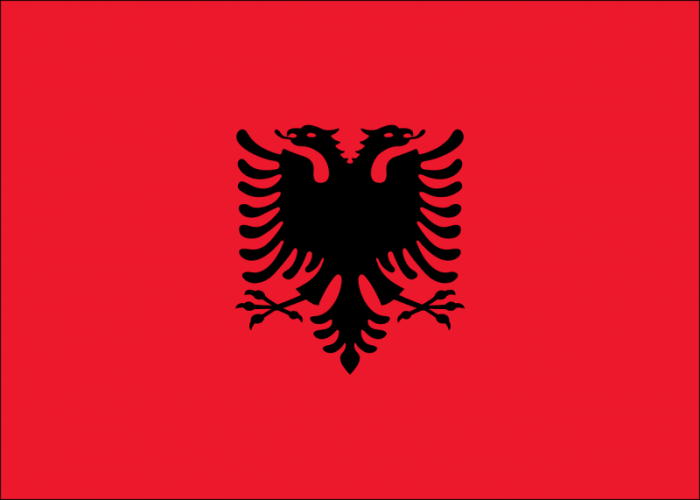
Photo: Mayns82 via PIxabay
Albania’s flag has a lot of history behind it, borrowing a two-headed eagle symbol that was used throughout much of the Byzantine Empire. The use of the flag in a governmental capacity goes back to at least 1443, though it was officially adopted as the flag of the nation of Albania in 1912.
Australia

Photo: OpenClipart-Vectors via Pixabay
Australia’s flag heavily references the Commonwealth, states previously part of the British Empire. The Union Jack is found in the top left corner of the flag, and the large Commonwealth star is included in the bottom left corner. The other stars make up the Southern Cross, a constellation visible from Australia.
Bahamas
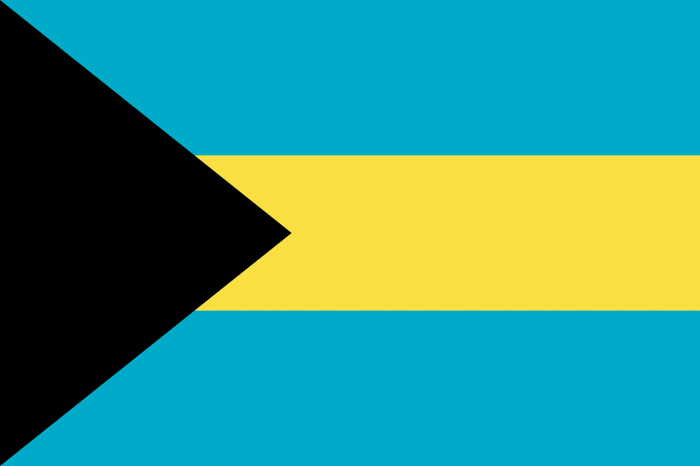
Photo: OpenClipart-Vectors via Pixabay
The flag of the Bahamas has turquoise stripes which represent the ocean of the Caribbean Sea. The gold strip in the center stands in for the sand found on the beaches of the Bahamas. The black triangle found on the flag is representative of the strength and passion of the citizens of the nation.
Brazil
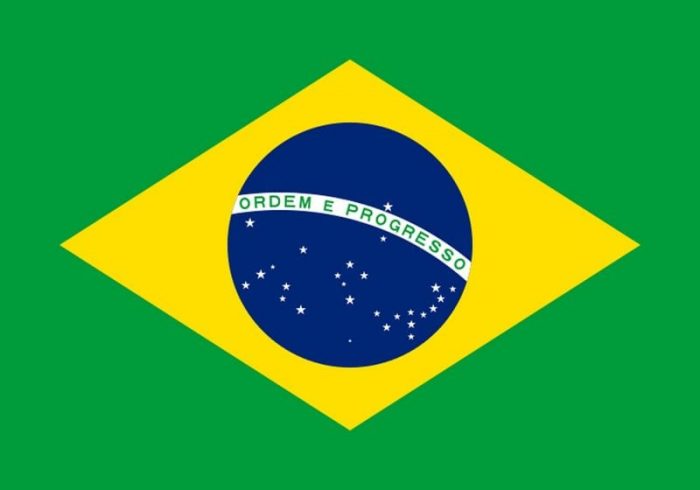
Photo: Mediengestalter via Pixabay
Sometimes called the Auriverde, Brazil’s flag features an inscribed motto over a circular starry sky. The motto reads: “Ordem e Progresso” (Order and Progress). This motto was drawn from the movement of positivism, inspired by French philosopher Auguste Comte. The stars on the flag are those which can be seen from Rio de Janeiro. Like Australia’s flag, the Southern Cross is depicted on it. Canis Major and Scorpius can also be seen on the flag.
Bhutan
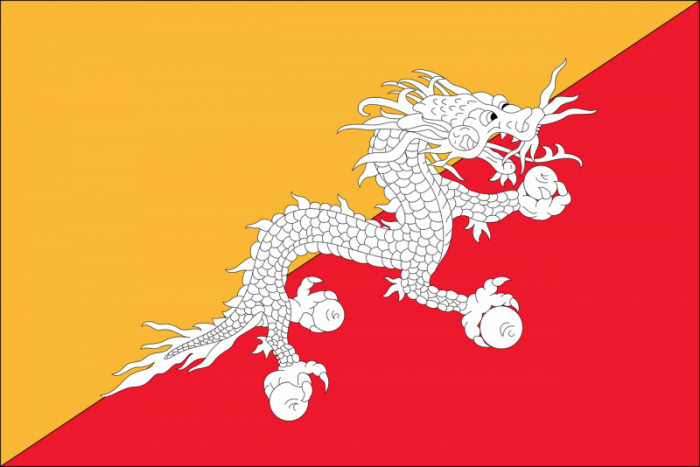
Photo: mayns82 via Pixabay
Bhutan’s flag has existed in some form since 1947 and undergone slight modifications over the years. The background of Bhutan’s flag is orange and yellow, with the yellow section representing the authority and tradition of the king. The orange section of the flag represents the spiritual traditions of Buddhism, important to much of the country’s populace. The dragon in the center is known as the Thunder Dragon, and it holds jewels that symbolize the country’s wealth.
Canada
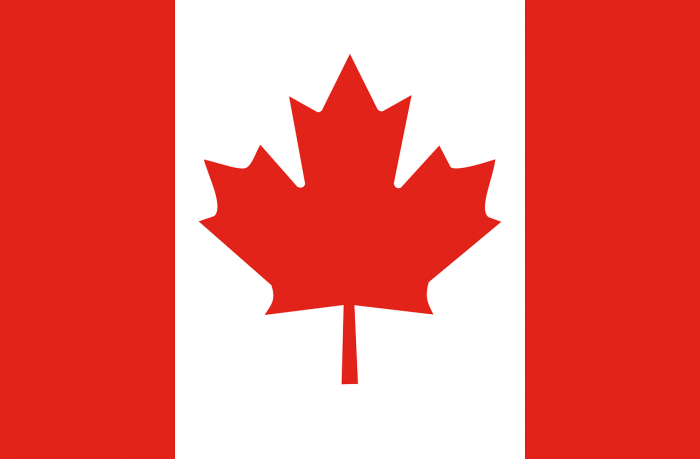
Photo: Maialisa via Pixabay
Canada’s famous flag, featuring the Maple Leaf, is actually so recognizable that the flag has been given its own holiday. There’s a National Flag of Canada Day, which occurs every February 15th in Canada. The flag came into use after the Great Flag Debate of 1964, when it was decided that Canada’s flag would be uniquely Canadian, as their old flag had part of the UK’s flag on it.
Denmark
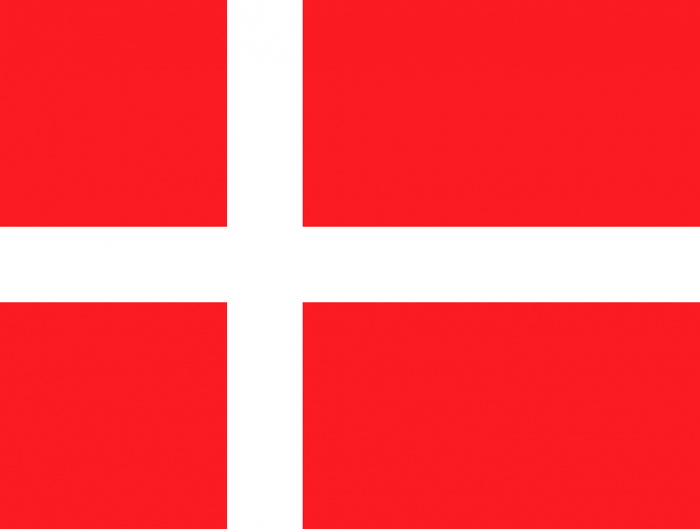
Photo: Clker-Free-Vector-Images via Pixabay
Denmark’s flag could be the oldest flag in the world that is still in use, thought to date back to the early 1200’s. The white cross on the flag represents the Christian religion, and its simple style was an influence on the flags of other countries like Iceland, Finland, and Sweden. The flag is called the Dannebrog, “the national flag of the Danish”.
France
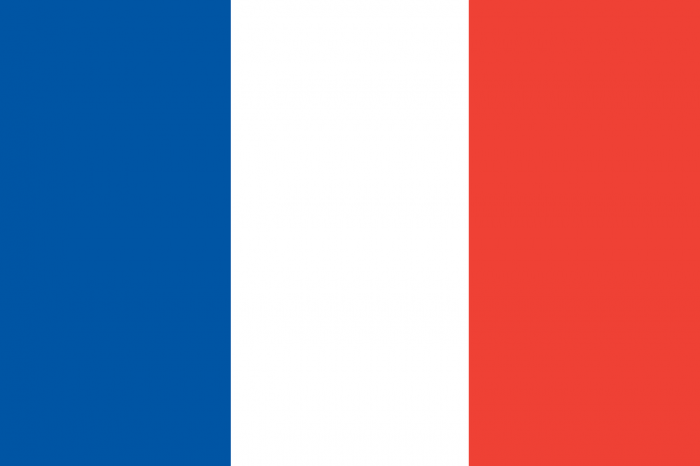
Photo: saskiaclauss via Pixabay
France’s flag is sometimes referred to as the Tricolour, and the three colors each represent an important part of France’s history. The blue and red stripes represent the history of the city Paris, as these were the colors used by the 1789 Paris revolutionaries. The White on the flag is representative of the King.
India
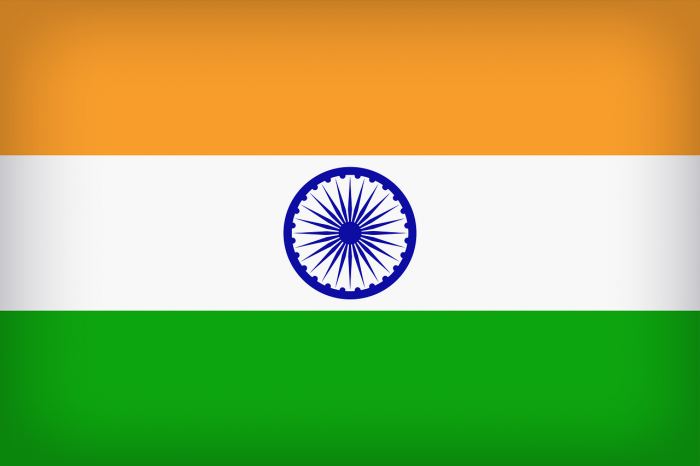
Photo: paulbr75 via Pixabay
India’s flag has orange, white and green stripes. The orange stripe on the flag represents the Hindus in India, while the green stripe represents the nation’s Muslim population. The white stripe in the middle represents peace between the two populations. The flag has a blue wheel with 24 spokes, which symbolize the 24 hours that make up a day. The flag was officially adopted in July of 1947 and is adapted from the Swaraj flag, used by the Indian National Congress.
Japan
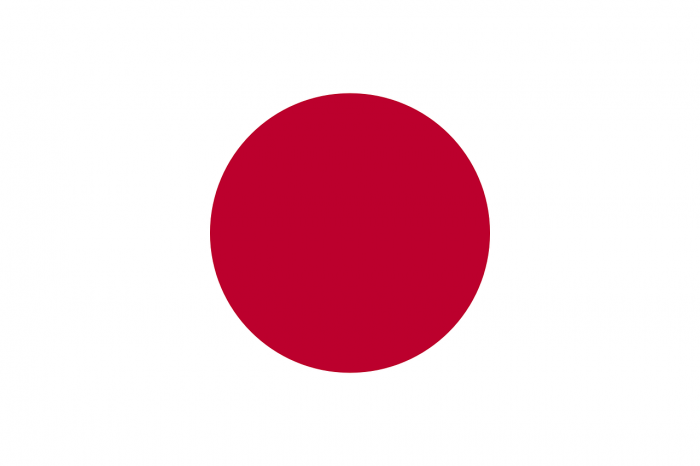
Photo: OpenClipart-Vectors via Pixabay
Japan’s simple design represents the “Rising Sun” that the country is known for, with the red circle representing not only the sun itself but the Emperor, who was often said to be a descendant of the sun goddess Amaterasu. It was adopted in 1870 as the national flag for the Japanese Navy, and a modified version became Japan’s official national flag in 1999.
Malaysia
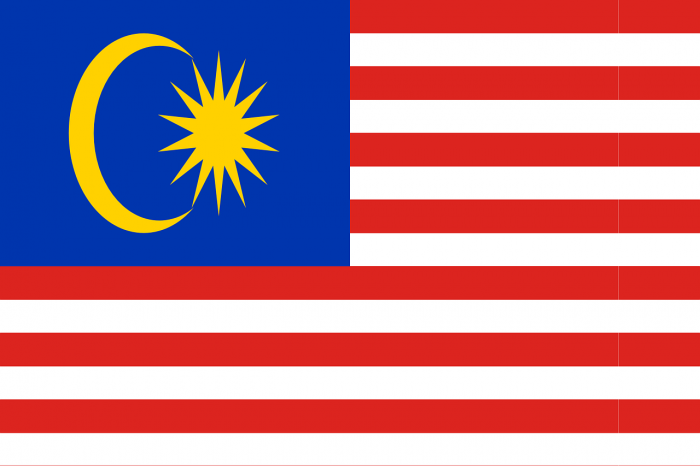
Photo: OpenClipart-Vectors via Pixabay
Malaysia’s flag takes cues from the flag of the East India Company (which also inspired the design of the US flag). The flag’s 14 red and white stripes represent the 13 different member states of Malaysia, as well as the nation’s federal government. The yellow crescent on the flag represents Islam, which is the nation’s official religion.
Marshall Islands
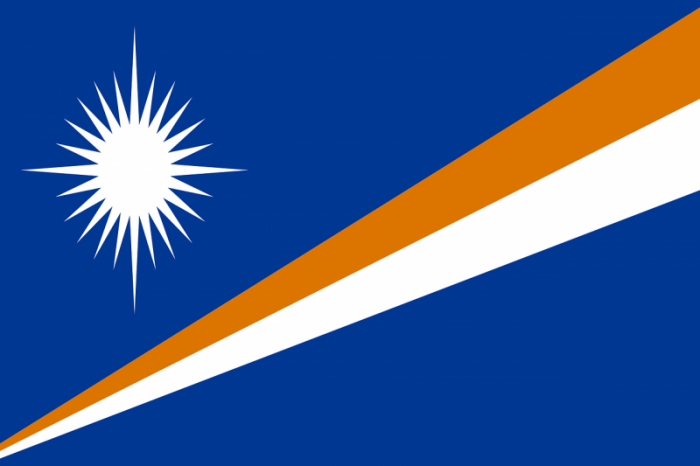
Photo: OpenClipart-Vectors via Pixabay
The flag of the Marshall Islands is one of the world’s newer flags, being adopted in 1979 when the Marshall Islands became a self-governing island nation. The bands on the flag represent the equator as well as two different island chains, the Ralik Chain and the Ratak Chain. The star symbolizes the whole of the archipelago.
Nigeria
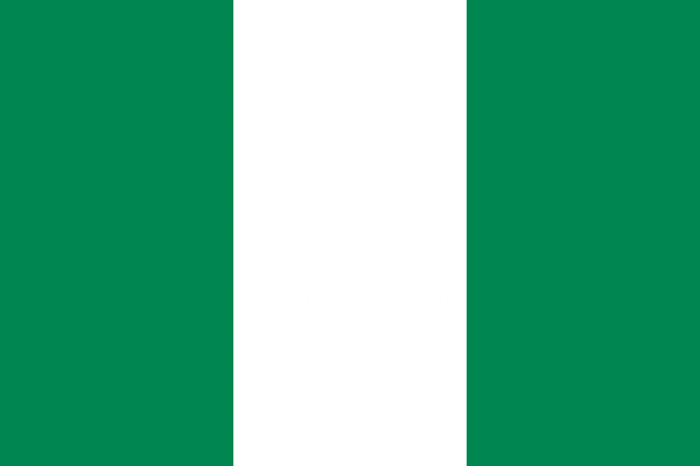
Photo: OpenClipart-Vectors via Pixabay
Nigeria’s flag represents the verdant growth of agriculture along with a desire for harmony and tranquility. The green stripes represent the flora of Nigeria, both natural and agricultural. The white stripe represents the nation’s hope for lasting peace.
Nepal

Photo: OpenClipart-Vectors via Pixabay
Nepal’s flag has a unique, overlapping pennant shape which represents the Himalayan mountains. The red color of the flag symbolizes the country’s national flower, the rhododendron, while the blue border around the flag stands for peace. The sun and moon symbols represent resolve and tranquility.
South Africa
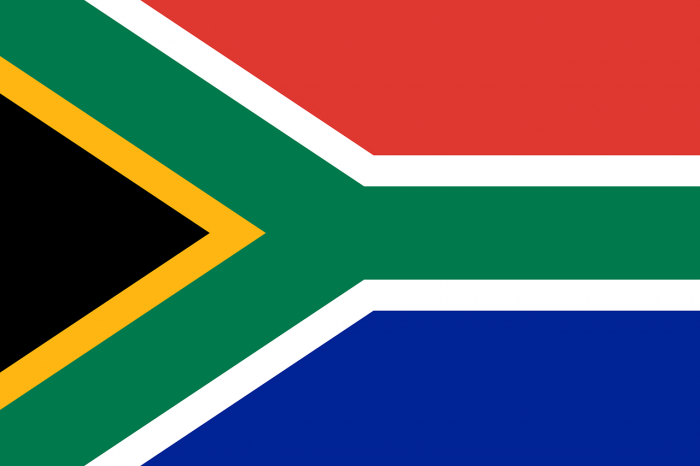
Photo: tarcisioefbarbosa0 via Pixabay
South Africa’s flag is fairly new as flags go. The new flag was commissioned in 1990 after the release of Nelson Mandela from prison. The yellow, black, and green triangular design was the banner that represented Mandela’s National Congress. The blue, white, and red represent South Africa’s old flag.
Switzerland
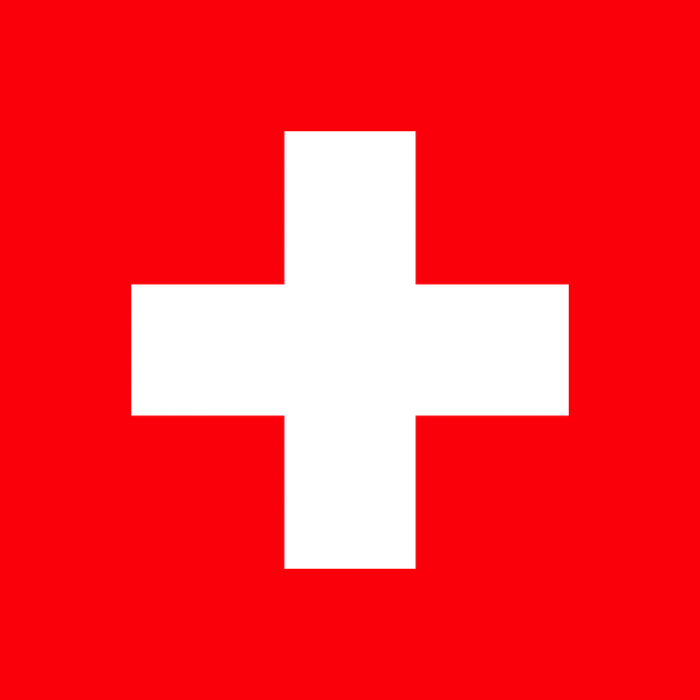
Photo: Clker-Free-Vector-Images via Pixabay
Switzerland’s flag has a square shape, which sets it apart from most other flags. The flag’s use goes back hundreds of years to the time of the Napoleonic Wars, though it was only officially adopted at the national flag of Switzerland in 1889. The Swiss flag is one of the most easily recognizable flags in the world, and its design has influenced many other flags.
The United Kingdom
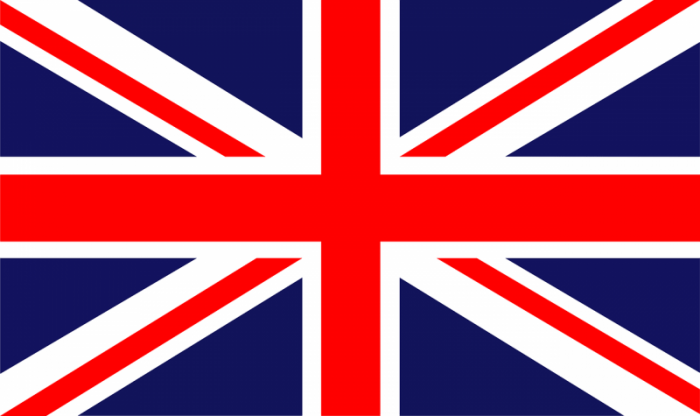
Photo: Clker-Free-Vector-Images via Pixabay
The flag of the United Kingdom (UK), often called the Union Jack, represents three of the different countries that make up the UK. The red cross in the flag represents Saint George (of England), the white Salite (X) represents the flag of Scotland, and the red X represents Northern Ireland. Wales is notably omitted from the flag, as it wasn’t part of the UK when the flag was created in 1800.
The United States
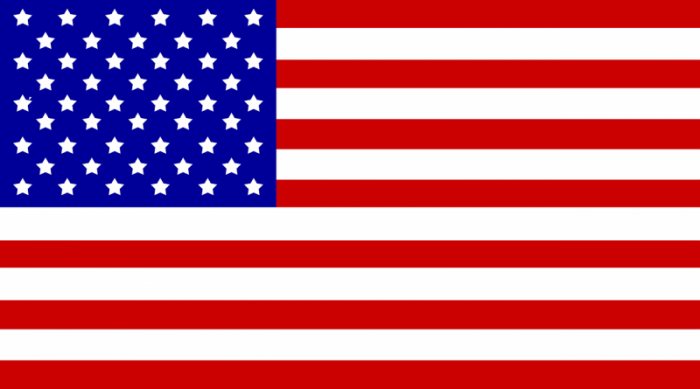
Photo: deMysticWay via Pixabay
The Stars and Stripes is the flag of the United States. There are 13 stripes, representing the 13 original colonies that the US came from. There have been 28 different versions of the flag, with the first one being created in 1775. The number of stars on the flag has frequently changed, as they represent the number of states in the union. The current version has 50 stars and it was adopted in 1960.









